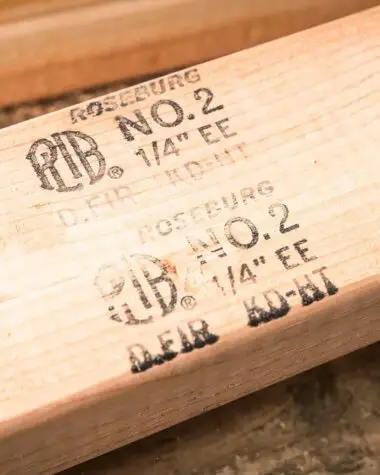Clearing the hearth of wood ashes is a normal process to maintain its cleanliness when houses are heated with fires. But today, we can collect the wood ash purposely and put it to great use. This article intends to explain wood ash and the benefits it gives amidst being just a powdery remnant of burned wood.
What is Wood Ash and Its Importance?
The fine residue from burning wood, whether in a fireplace, a campfire, or a commercial power plant, is known as wood ash. Even though others will find it useless, ash is still a fantastic raw material with many uses and advantages in the house. Here are some importance of wood ashes.
Cleaning Agent
Wood ashes can be used as a mild abrasive to polish tarnished metals, clean grimy glass, and even dissolve adhesives and sticky residue when combined with a small amount of water to produce a paste. Wearing gloves will protect your skin when applying the paste with a cotton towel.
Fire Extinguisher
In the absence of a fire extinguisher, soil, or sand, wood ashes can aid in putting out a fire. Ash may create an excellent, airtight barrier that will aid in dousing the flames.
Fertilizer
Ash is a substance that contains around 13 essential nutrients that soil has for optimum plant growth. Expert OSU Extension soil scientist Dan Sullivan explains that these 13 nutrients can boost plant growth and improve overall plant health.
He says, “When wood burns, nitrogen and sulfur are lost as gas, but calcium, potassium, magnesium, and other trace elements remain. The carbonates and oxides in the ash are valuable liming agents that can raise pH and help neutralize acid soils.”
The nutritional value of wood ash depends on the type of wood that it is made of. According to Sullivan, hardwoods can produce about three times the ash and about five times the nutrients per cord compared to softwoods. He explained that a cord of oak has enough potassium for a garden 60 by 70 feet in area. A cord of Douglas fir ash will have enough potassium for a garden of 30 by 30 feet.
Reminders In Using Wood Ash In your Garden
- In most soils and fertilizer mixtures, calcium is present in only 15% of wood ash. Ash can help soils have better structure. However, this process should be done with caution as calcium can raise the pH of the soil to between 9 and 13.
- Most garden plants will benefit from the soil’s moderate acidity and low potassium content caused by wood ash. Meanwhile, do not use ash if your soil’s pH is alkaline or higher than 7.0. Blueberries, rhododendrons, and azaleas should not be treated with wood ash since they prefer acidic soil. Additionally, as the ash can induce potato scabbing, this should be avoided in locations where potatoes will be grown.
- Use only 10 to 15 pounds of wood ash per 1,000 square feet on lawns that require potassium. This will ensure that your grass and soil receive enough potassium despite the rain. Ash from wood can be included in compost. Wood ash is easily added to your compost pile and thoroughly mixed.
- Wear gloves, a mask, and eye protection when handling wood ash. Don’t ever toss ashes outside. Rake it into the soil after applying it directly to the moist soil. Never use ashes from cardboard, coal, painted or pressure-treated wood, or tinted wood. These materials include compounds that could be dangerous.
- A covered container should be used for extra wood ash. Never leave this in lumps or piles, as too much salt can leach into the soil when ash is concentrated in one area, which might be very detrimental to your plants.
What Type of Wood Ash Should I Use?
If you intend to apply wood ash for your gardening needs, be sure the wood ash you choose comes from trees that were grown naturally. Do not use wood ash from trees growing close to industrial areas and soils that may contain toxins or heavy metals. Additionally, do not use ash made from burning treated wood, used oil, plastics, or trash.
How Do I Apply Wood Ash?
- Before applying wood ash, sift wood ash to remove big chunks of charcoal. Apply only the recommended amount of wood ash in the treated area, considering the nutritional requirements of the plants you intend to cultivate there and the results of a soil fertility test.
- When nutrients are applied in excess, plants may experience nutrient toxicity or nutrient deficiency problems. The maximum amount of wood ash applied per 1000 square feet is typically 15 to 20 pounds or about a five-gallon pail. Ft. annually.
- During the winter, evenly distribute wood ash over the treated area, such as a lawn, established perennial flower bed, vegetable garden bed, or other landscape areas. Avoid applying when it is windy since wood ash particles are very fine and readily blown by the wind.
- Wood ash should always be added to damp soil. Work the ash into the soil in early spring using a rototiller, spade, or rake if possible (such as in a vegetable garden).
Conclusion
There you have it. Wood ash might be a residue from burning firewood. However, only some knew that it comes with many uses. As you consider wood ash, remember some reminders and facts mentioned above to avoid its adverse effects on health. As you adhere to these reminders, you will see the good outcome that wood ash can give in your life.








